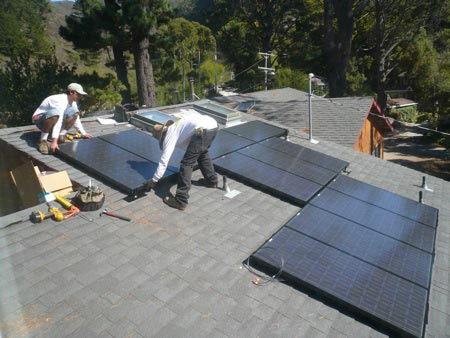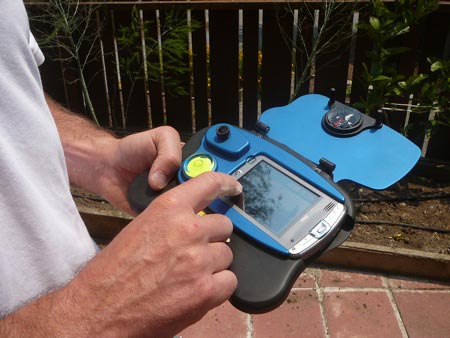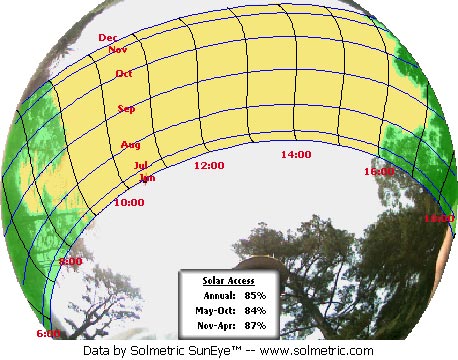BERLIN (Reuters) - A group of companies from Europe and northern Africa will meet in Munich on Monday to map out concrete steps for a series of large-scale renewable energy projects worth 400 billion euros ($560 billion) over 40 years.
They will launch a venture to explore the feasibility of harvesting solar thermal energy from the deserts of northern Africa and the Middle East to be used within the next decade or so in those regions and Europe.
Invited by German reinsurer Munich Re, executives from blue chip companies such as Siemens, E.ON, RWE and Switzerland's ABB along with firms from southern Europe and northern Africa will be at the inaugural meeting.
About 10 companies are expected to sign a memorandum of understanding setting up the Desertec Industrial Initiative.
Despite uncertainties associated with such vast multinational projects and concerns about political stability in the Mediterranean region, host Munich Re said the companies were eager to move forward with the next concrete steps.
"We believe the time is ripe for projects like this," said Alexander Mohanty, a Munich Re spokesman. "It's a great vision for the future. But we're not dreamers. This is the start of an industry initiative and we're looking for results.
"We're not just setting up a 'working group' to meet from time to time. The focus is on concrete results. The initiative will be doing lobby work, getting a dialogue going. The issue of the power price is important to be able to raise capital."
The European Union and German government are also firmly behind the projects. EU Commission President Jose Manuel Barroso and Chancellor Angela Merkel both expressly praised the idea behind Desertec at a recent Berlin meeting of energy executives.
Growing global efforts to slow climate change by reducing greenhouse gas emissions along with a projected increase in energy demand in the Middle East and northern Africa make the projects all the more attractive, its proponents say.
Analysts are eagerly waiting for details.
"I think it's a serious project, but it will take a very long time until there will be concrete news," said Commerzbank analyst Robert Schramm.
"The time schedule seems a bit overambitious. The technology is certainly there and it makes sense but there are political factors that need to be taken into consideration regarding the Sahara region."
HARNESSING SUN'S POWER
The Desertec Foundation has noted in six hours the world's deserts receive more energy than mankind consumes in a year.
The projects would use concentrated solar power (CSP) -- a technology that uses mirrors to harness the sun's rays to produce steam and drive turbines to produce electricity -- from the Sahara and deliver to markets locally and in Europe.
Using high-voltage direct current transmission lines there is only a minimal power loss of 3 percent per 1,000 kilometers.
Solar thermal is a well-tested technology from operation since the 1980s of an installation in the U.S. Mojave Desert as well as in Spain, but it is a more expensive source of electricity than fossil fuels.
Desertec officials hope the Sahara could be supplying 20 gigawatts of power -- the equivalent of 20 large conventional power plants -- by 2020 and one day deliver 15 percent of Europe's electricity, helping the EU meet CO2 reduction targets.
"After the founding we're planning to invite more companies to join in," said Michael Straub, head of marketing at the Desertec Foundation in Hamburg.
"At first we'll be studying which countries and which areas could be used for the first plants, and we'll also be studying the costs, the financing and other fundamental questions."
Straub said one project is already moving ahead; it would link power produced in Tunisia with users in southern Italy. He said it was possible it could be on line within five years.
Germany's Solar Millennium, which helped develop Spain's Andasol 1 solar thermal project, will also be at the Desertec meeting as is German solar technology company Schott Solar.
(Additional reporting by Christoph Steitz in Frankfurt; editing by Philippa Fletcher)
-- For Reuters latest environment blogs click on: blogs.reuters.com/environment/
($1=.7184 Euro)
 In 2013 the world will see the real future of solar technology. That's when the world's largest dispatchable power plant, the 290 MW Starwood 1 will start producing power day and night, on cloudy or sunny days.
In 2013 the world will see the real future of solar technology. That's when the world's largest dispatchable power plant, the 290 MW Starwood 1 will start producing power day and night, on cloudy or sunny days.








